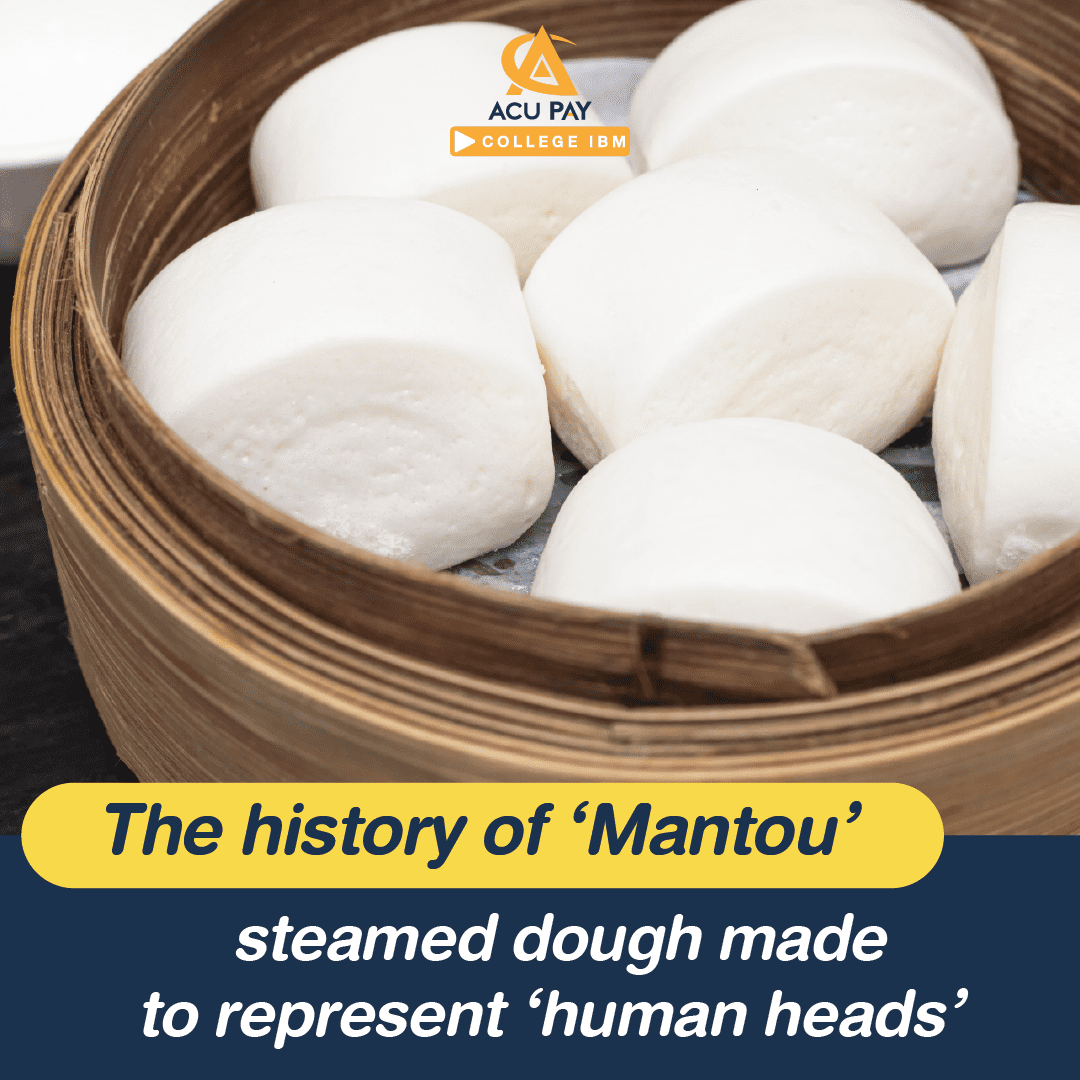

Mala Hotpot Restaurants can be seen from everywhere we have been to. It can be called that this is the Mala era. However, no matter what restaurants we have been to, there will always be something in common which are the 3 famous canned beverages; Wang Lao Ji, Donggua Cha, and Wang Zi Milk. Did you know about the origin of these 3 canned drinks and why they became popular drinks in Mala Hotpot Restaurants? Let’s find out.
Red canned drinks with yellow letters and a sweet taste help quench the spicy Mala that many people must have tasted before, which is “Wang Lao Ji” Herbal Beverage. Did you know that the red canned drink has been around since the Qing Dynasty for over 200 years?
At first, “Wang Lao Ji” was a brand created under the Chinese state enterprise called “Guangyao” that deals in medicine and health products. It is mainly sold in pharmacies in southern China. Thus, in the early days, people saw this as just a healthy drink.
Later one day, Wang Lao Ji got a company named “Hong Tao” that specializes in business to bring the brand to distribution throughout mainland China, making the image of consumers that the drink is a “medicine” into a “Chinese mixed herbs drink” and changing the packaging from “green” to “red” to be more appetizing and transforming the slogan of the packaging into “Red Canned drink of Chinese mixed herbs drink; Wang Lao Ji” with properties to quench hotness, one’s thirst and mouth ulcer
The brand has grown rapidly and has become a leading beverage in China with sales of over 50,000 million baht.
Later, the parent company “Guangyao” felt that the share received from “Hong Tao”, a distributor, was unreasonably low. The investigation took place and found that one of Guangyao’s executives secretly took bribes from Hong Tao into his pocket. It was a big deal that made the promise to do marketing for Wang Lao Ji of Hong Tao to be “null and void.”
Nevertheless, the conflict epic is not over. Since Hong Tao knew all the techniques of the Chinese mixed herbs drink business, he chose to establish a brand to compete by naming it “Chia Tua Bao” in red packaging with yellow letters which are not different from the counterparty brand at all until they almost snatch all consumers from Wang Lao Ji.
In the end, Hong Tao was sued and lost the case because he took the identity of Wang Lao Ji. Hong Tao had to change his can from red to golden yellow. Of course, drinkers remember Chinese mixed herbs drinks because of the red can. Wang Lao Ji therefore returned to dominate the market until now.
Dong Gua Cha by TAISUN is a white gourd drink that many people are familiar with. It is a drink made from white gourd with sugar. It tastes sweet and is popular to drink in Taiwan and Southeast Asia.
In Taiwan, white gourd tea is a thirst-quenching beverage that can be found in street vendors. Merchants boil white gourd in a jar and sell it by the roadside. It’s selling very well, especially during the summer.
However, there is something that many people may not know this brand of white gourd drink originated in Taiwan, but Thailand bought it for our production through joint ventures with three major companies: Thai President Foods Public Co., Ltd., I.C.C. International (Public) Co., Ltd., and Saha Pathanapibul Public Company Limited which is the owner of a major instant noodle brand named Mam
Wang Zi Milk, a red can of milk with a smiley boy and a heart-shaped tongue, had been popular on social media for a while until it was sold in Mala’s shop. It is canned milk with a sweet, mellow taste like sweet condensed milk. No wonder that a lot of people love to drink this milk.
Wang Zi Milk is one of the products of the snack and beverage kingdom from a giant Taiwanese company called Want Want or Wang-Wang, established in 1962, that had more than 60 years of business experience in markets across Asia, the Americas, Africa, and Europe.
Tsai Eng-Meng, 66 years old, has been in charge of the food business since he was only 19 years old. He has the idea of making a new product which is a cracker made from rice flour and changed his father’s original name from I Lan Foods Industrial to Want Want 旺旺 In Chinese which means prosperity and luck.
The Want Want logo also uses “Wang Zhai”, a red-cheeked boy wearing blue overalls, to be the brand’s mascot until it becomes a recognition that everyone knows after seeing it. From then on, Want Want has become one of the world’s largest producers of Chinese-style beverages and confectionery, with more than 400 sales offices and more than 50,000 employees.
Currently, Want Want is marketing in Thailand by choosing a variety of food products to meet the nutritional needs of Thai people such as Milk Toffee (milk candy) and Want Want Frozen. It tends to penetrate the upcountry market first to make Thai people feel that it is accessible. The roadshow will be held in other regions of Thailand and then return to be held in Bangkok.